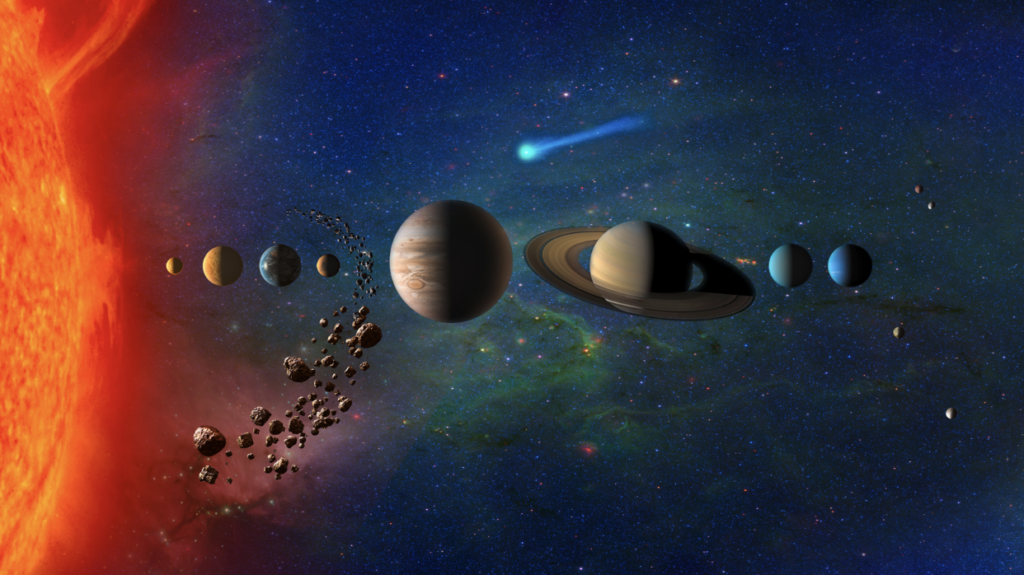Welcome, Space Adventurers!

Please join us for Boise State’s Astro Adventurers Camp as we embark on an incredible journey through our Milky Way, discovering the wonders of our Solar System and beyond.
What’s our mission?
The Astro Adventurers camp is dedicated to cultivating camper’s innate curiosity about space science and exploration of the cosmos. Through hands-on activities, group challenges, and engaging presentations tailored to address Idaho State Science Standards, campers will learn how astronomy connects the everyday to everything, the commonplace to outer space. Campers will also learn about the role Idaho has played and continues to play in NASA-supported efforts to explore other worlds.
Our themes:
The Solar System
During this week, your explorer will learn about the exciting wonders of our cosmic neighborhood, the Solar System. Through engaging, hands-on activities and exciting events your campers will learn about the Sun, our planets, and their moons, discover unique objects in the Solar System, investigate space missions, and glimpse into the future of space exploration.
The Milky Way and Beyond
During this week-long adventure, your explorer will learn about the Milky Way and beyond! Your campers will engage in fun, hands-on activities and exciting events while learning about light and the electromagnetic spectrum, exploring stars and galaxies, investigating the possibility of extraterrestrial life, experimenting with telescopes, and much more!
Camp Details:
Please check back at the beginning of 2026 for 2026 Summer Camp details.
Email astro@boisestate.edu with questions.